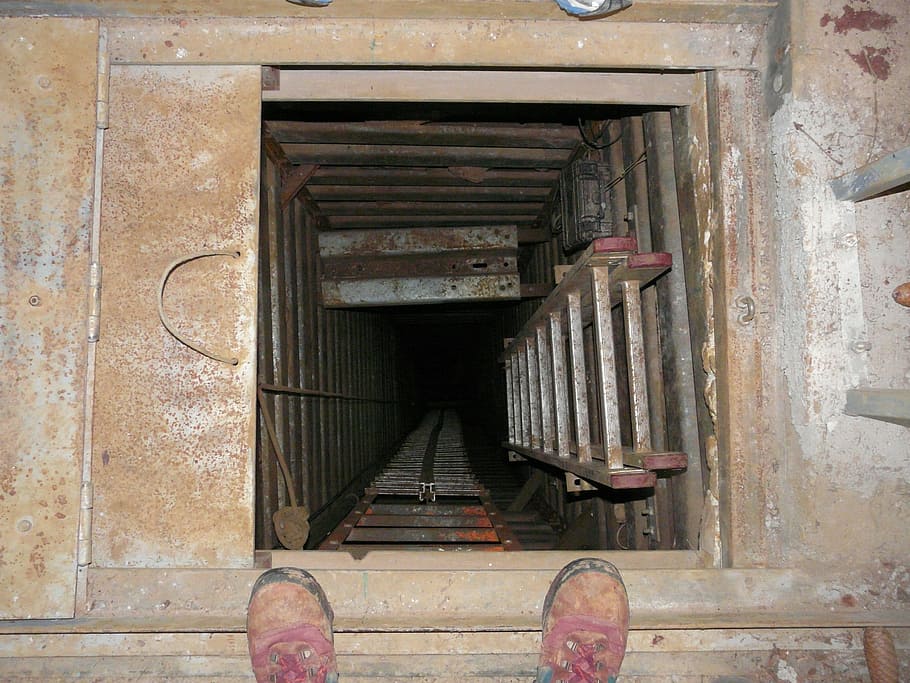Confined Space Safety Program
The purpose of a confined space safety program is to protect employees and workers. This program is designed to identify and evaluate the potential hazards associated with entering a confined space, establish procedures for safe entry, and provide training to workers who will be entering confined spaces. A safe and successful confined space program requires preplanning, including identifying anticipated hazards, providing necessary controls, and a comprehensive written program.

A confined space is a space that must meet all three of the following criteria:
- Large enough to bodily enter
- Has limited or restricted means of entry and exit, and
- Is not designed for continuous employee occupancy
A Permit Required Confined Space is a confined space with any one of the following characteristics:
- Contains or has the potential to contain a hazardous atmosphere
- Contains a material that has the potential for engulfing an entrant
- Has an internal configuration such that an entrant could be trapped or asphyxiated by inwardly converging walls or by which a floor slopes downward and tapers to a smaller cross section or
- Contains any other recognized serious safety or health hazard
The purpose of the Confined Space Plan is to establish practices and procedures that protect ISU employees from hazards associated with confined space work and to comply with federal and state regulations. This plan applies to all Idaho State University employees with duties that relate to entry into and work within confined spaces. Information in this plan also apply to all ISU campus locations.
A detailed list of confined spaces and permit required confined spaces are available by contacting the Health and Safety Program Coordinator.
Do you have a space that needs to be reviewed? EHS consults with departments and supervisors to evaluate feasible precautions, required safeguards and final determination of spaces.
